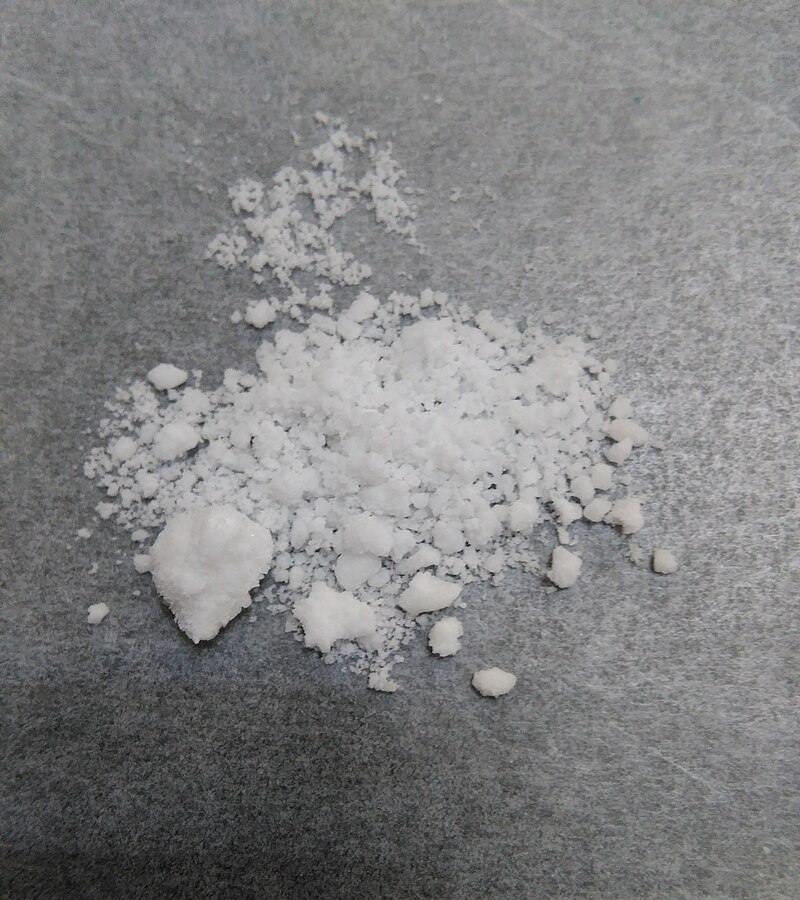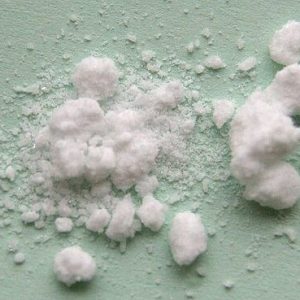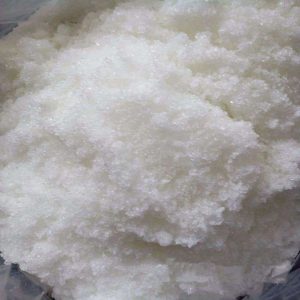O-PCP (2-Oxo-PCM) – Comprehensive Research Compound Overview
O-PCP (2-Oxo-PCM), also known as 2-Oxo-Phenylcyclohexylamine, is a novel dissociative compound belonging to the arylcyclohexylamine class. Structurally related to phencyclidine (PCP) and ketamine, this research chemical is of growing interest among analytical chemists and neuropharmacology researchers exploring the NMDA receptor antagonist family of compounds. O-PCP has garnered attention for its unique chemical properties, potential pharmacological activity, and structural significance in the study of dissociative anesthetics and their analogs.
Chemical Name: 2-Oxo-PCM (O-PCP)
Synonyms: 2-Oxo-Phenylcyclohexylamine, O-PCM
IUPAC Name: 1-(1-Phenylcyclohexyl)pyrrolidin-2-one
Molecular Formula: C₁₇H₂₃NO
Molecular Weight: 257.37 g/mol
Class: Arylcyclohexylamine derivative
Purity: ≥ 98% (analytical standard)
Form: Fine crystalline powder
Intended Use: For laboratory research and analytical reference only
Understanding O-PCP (2-Oxo-PCM): Structure and Mechanism
O-PCP (2-Oxo-PCM) is a structural analog of PCP (phencyclidine), with a key difference being the presence of an oxygen atom at the 2-position, forming a ketone group (oxo substitution). This modification has a notable impact on the molecule’s lipophilicity, binding affinity, and receptor interaction profile.
Like other compounds in the arylcyclohexylamine family, O-PCP is believed to function primarily as an NMDA (N-Methyl-D-Aspartate) receptor antagonist, a receptor type involved in synaptic plasticity, learning, and memory. NMDA receptor antagonists inhibit excitatory neurotransmission mediated by glutamate, which can produce dissociative effects and altered perception in animal studies.
Researchers value O-PCP (2-Oxo-PCM) for its intermediate position between known dissociatives such as ketamine, MXE (methoxetamine), and PCP, allowing comparative studies on structure–activity relationships (SAR). Its unique oxo substitution provides insights into how molecular configuration affects receptor selectivity, metabolic pathways, and central nervous system (CNS) activity.
Research Applications of O-PCP (2-Oxo-PCM)
O-PCP is primarily used as a reference material in analytical chemistry, forensic toxicology, and pharmacological research. Its applications include:
1. Analytical Reference Standard
O-PCP (2-Oxo-PCM) serves as a benchmark compound for the identification and differentiation of novel arylcyclohexylamine derivatives in laboratory testing. It assists in developing and validating GC-MS, LC-MS, and HPLC methods used by forensic and analytical laboratories.
2. Neuropharmacological Studies
Due to its potential NMDA receptor antagonism, O-PCP is utilized in receptor binding assays and pharmacodynamic studies to understand how structural analogs modulate glutamatergic neurotransmission. Researchers explore its comparative potency, duration of action, and binding selectivity relative to other dissociatives.
3. Structure–Activity Relationship (SAR) Investigations
O-PCP’s oxo substitution makes it valuable in SAR research, allowing scientists to evaluate how small changes in molecular structure influence pharmacological activity. Such studies contribute to the broader understanding of arylcyclohexylamine derivatives and potential therapeutic implications.
4. Forensic Toxicology and Substance Profiling
As new psychoactive substances (NPS) emerge globally, O-PCP (2-Oxo-PCM) is examined for its potential presence in illicit markets. Analytical labs use it to create reference spectra and data for substance identification and detection protocols.
Chemical Properties and Formulation O-PCP (2-Oxo-PCM)
O-PCP (2-Oxo-PCM) typically appears as a fine white to off-white crystalline powder. It exhibits moderate solubility in organic solvents such as ethanol, methanol, and DMSO, and limited solubility in water.
The compound’s purity (≥98%) ensures reliability in laboratory conditions, minimizing confounding variables in experimental outcomes. It is highly recommended to store O-PCP in a cool, dry, and airtight environment, away from direct sunlight and moisture to preserve stability.
Safety, Handling, and Legal Status
O-PCP (2-Oxo-PCM) is intended strictly for laboratory and research use. It is not approved for human or veterinary consumption, clinical use, or any form of in vivo experimentation. Researchers should handle O-PCP (2-Oxo-PCM) with caution, using appropriate protective equipment (gloves, goggles, lab coat) and following institutional safety protocols for chemical handling and disposal.
As with many arylcyclohexylamines, legal classification varies by region. Some jurisdictions may regulate or restrict O-PCP (2-Oxo-PCM) under analog or controlled substance laws. It is the researcher’s responsibility to ensure compliance with local and national regulations before purchase or use.
Why Researchers Choose O-PCP (2-Oxo-PCM)
-
High Purity: Guaranteed ≥98% analytical-grade material suitable for precise lab work.
-
Reliable Quality: Consistent formulation ensures reproducible research outcomes.
-
Scientific Value: Ideal for comparative and receptor-binding studies.
-
Analytical Utility: Supports the development of reference data and testing standards.
-
Secure Packaging: Delivered in sealed, moisture-resistant containers to ensure product integrity.
Conclusion
O-PCP (2-Oxo-PCM) stands out as a valuable research chemical in the exploration of arylcyclohexylamine pharmacology and NMDA receptor antagonism. Its distinctive 2-oxo substitution offers a meaningful avenue for understanding molecular modifications and their impact on receptor activity, potency, and neurochemical effects.
With growing interest in novel dissociative analogs, O-PCP (2-Oxo-PCM) continues to play a pivotal role in both analytical and neurochemical research, enabling deeper insights into the mechanisms underlying dissociative compounds.
Disclaimer: O-PCP (2-Oxo-PCM) is sold for laboratory research purposes only. It is not intended for human consumption, medical use, or any non-scientific purpose. Always verify local laws and handle with appropriate laboratory safety protocols.





Walsh –
Amazing job fast delivery.